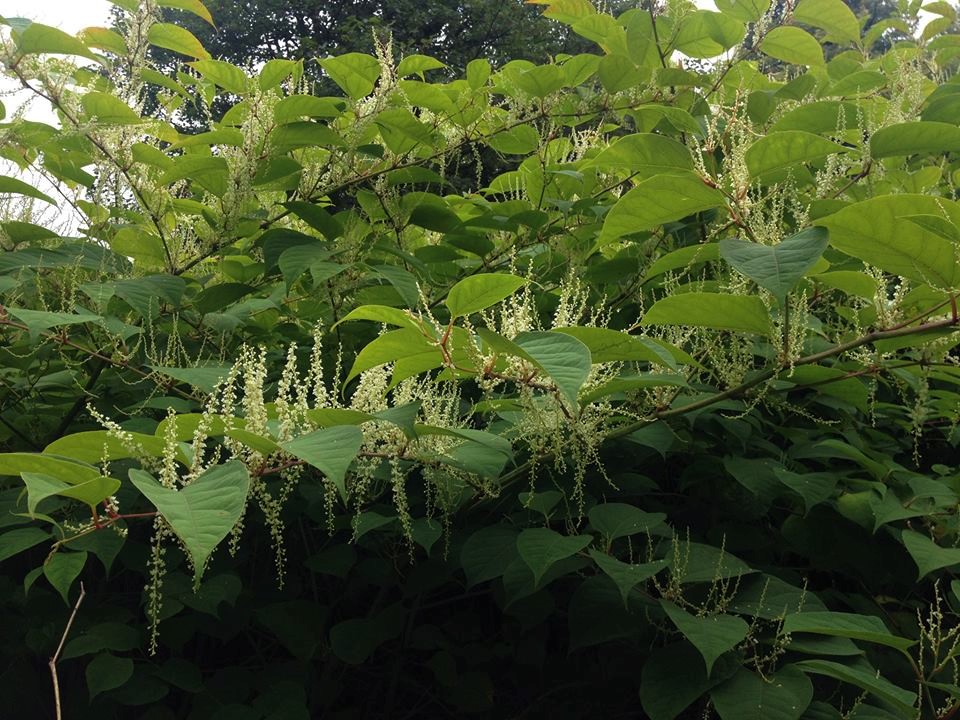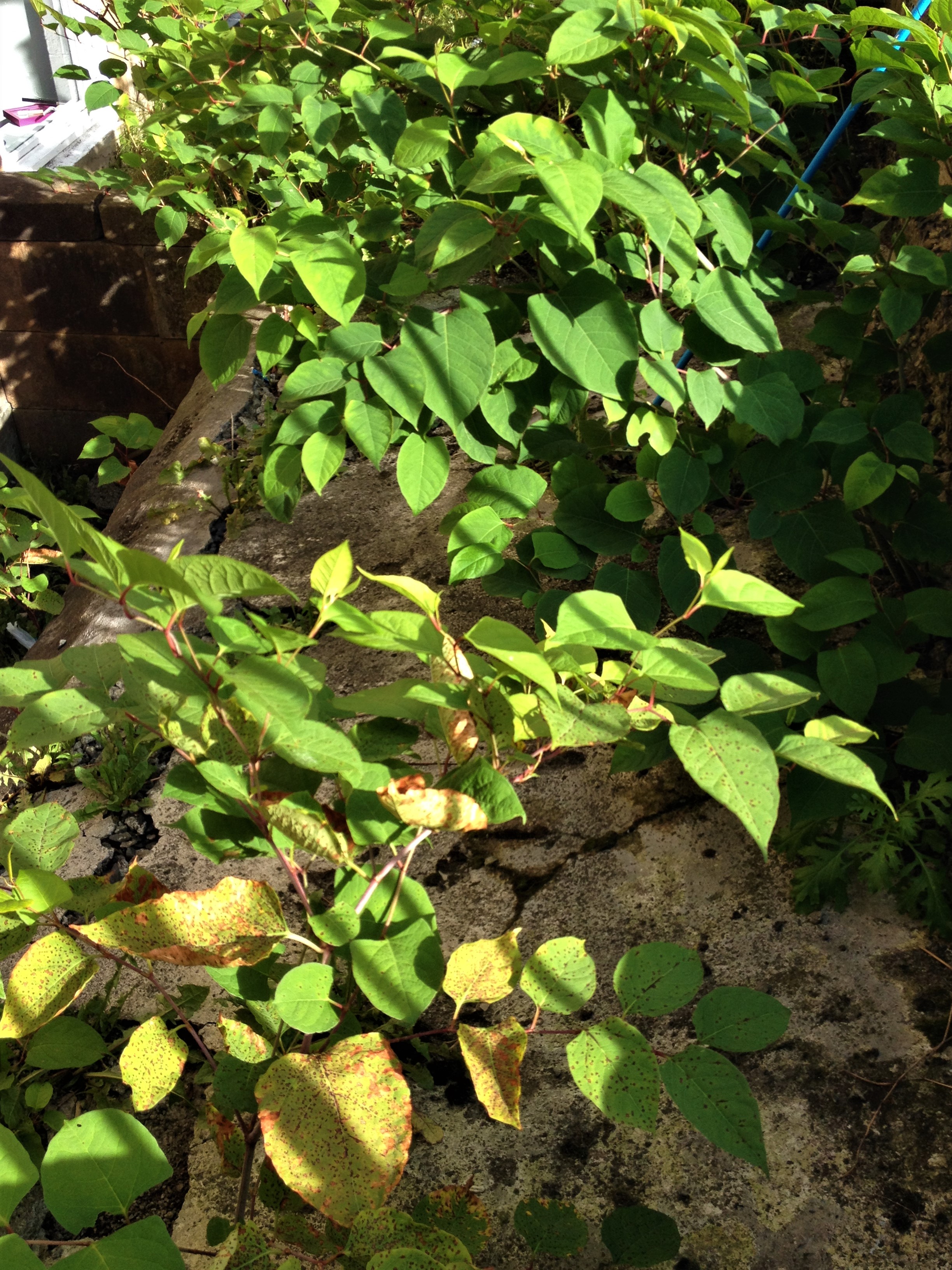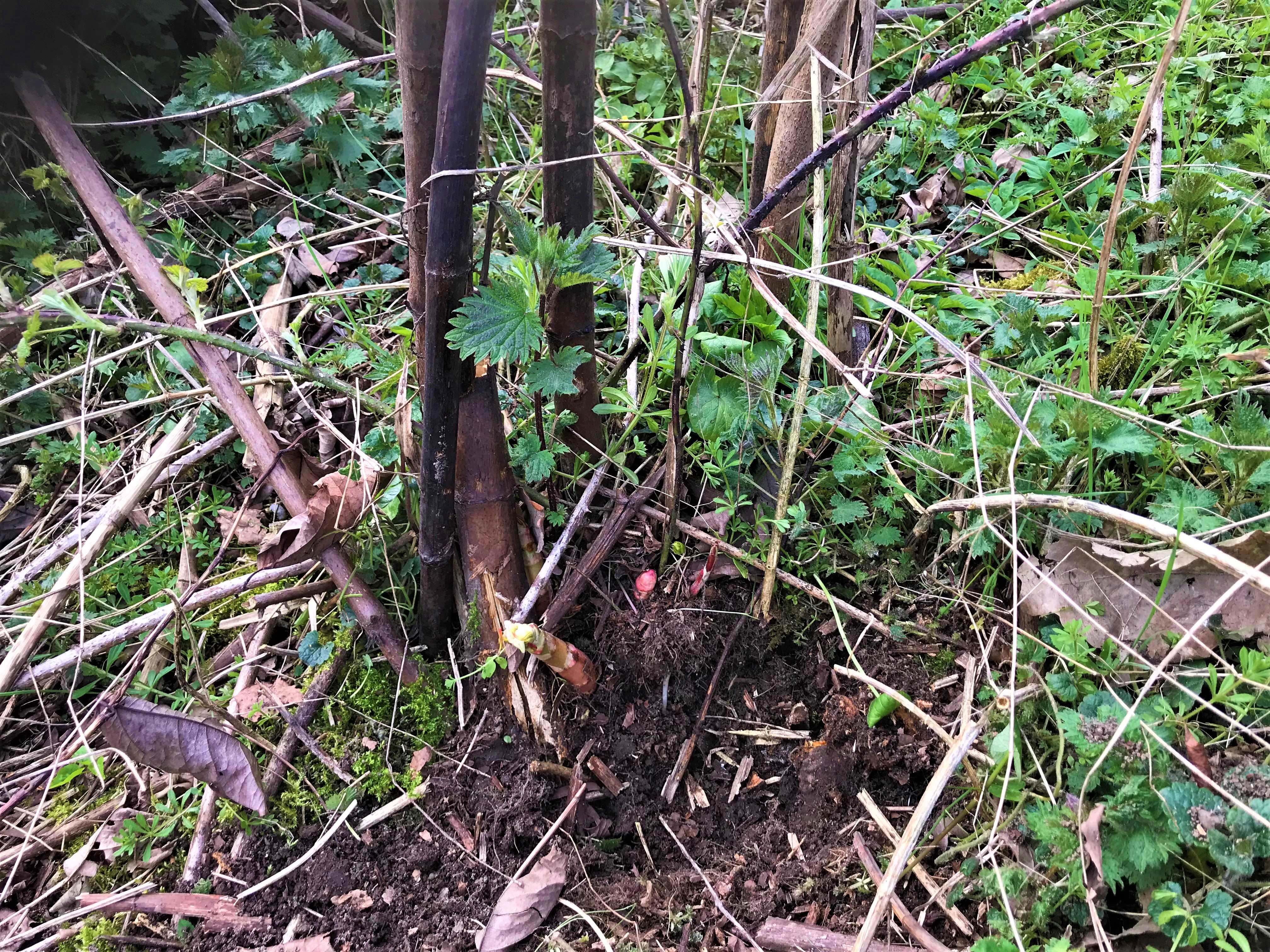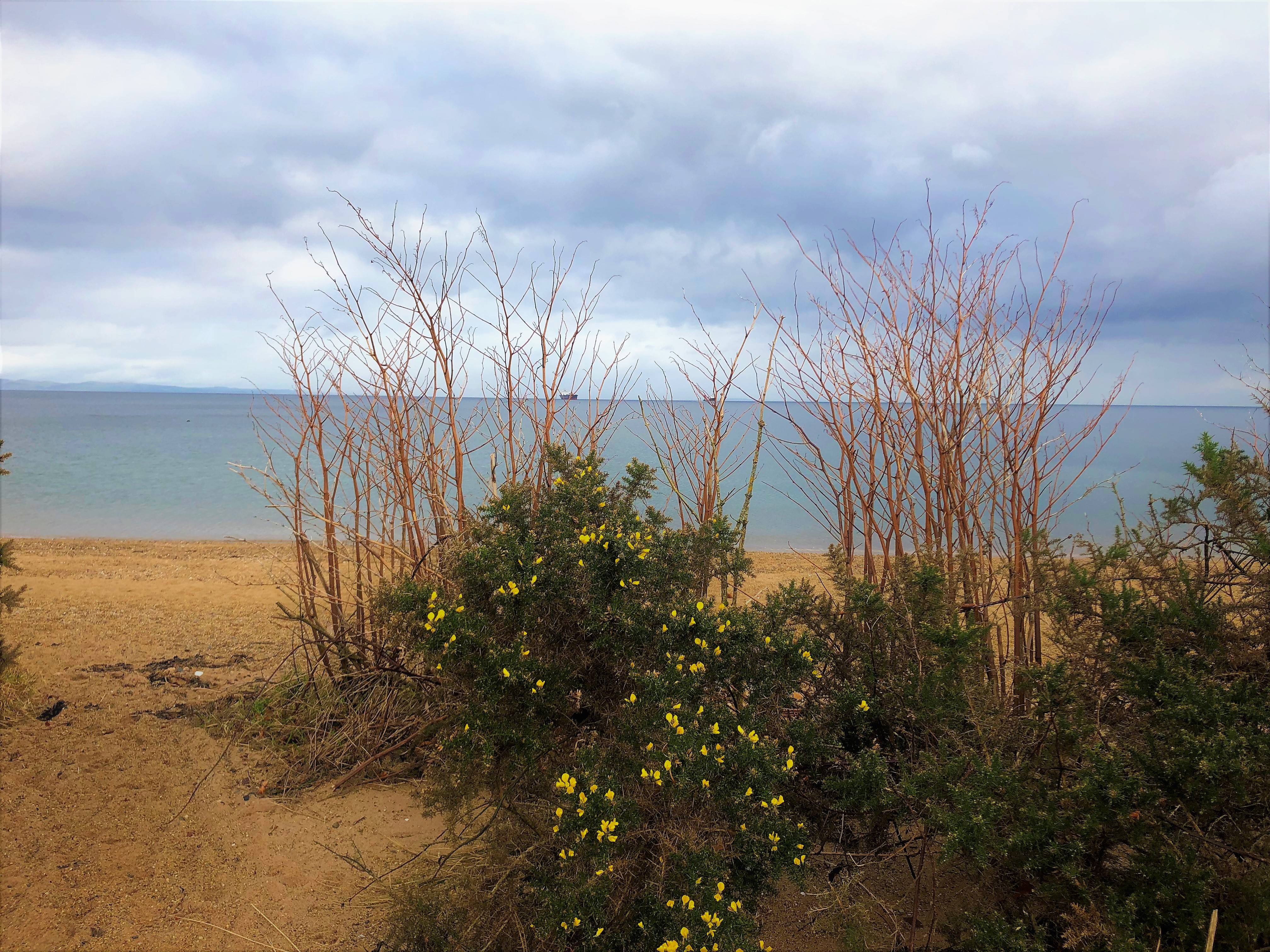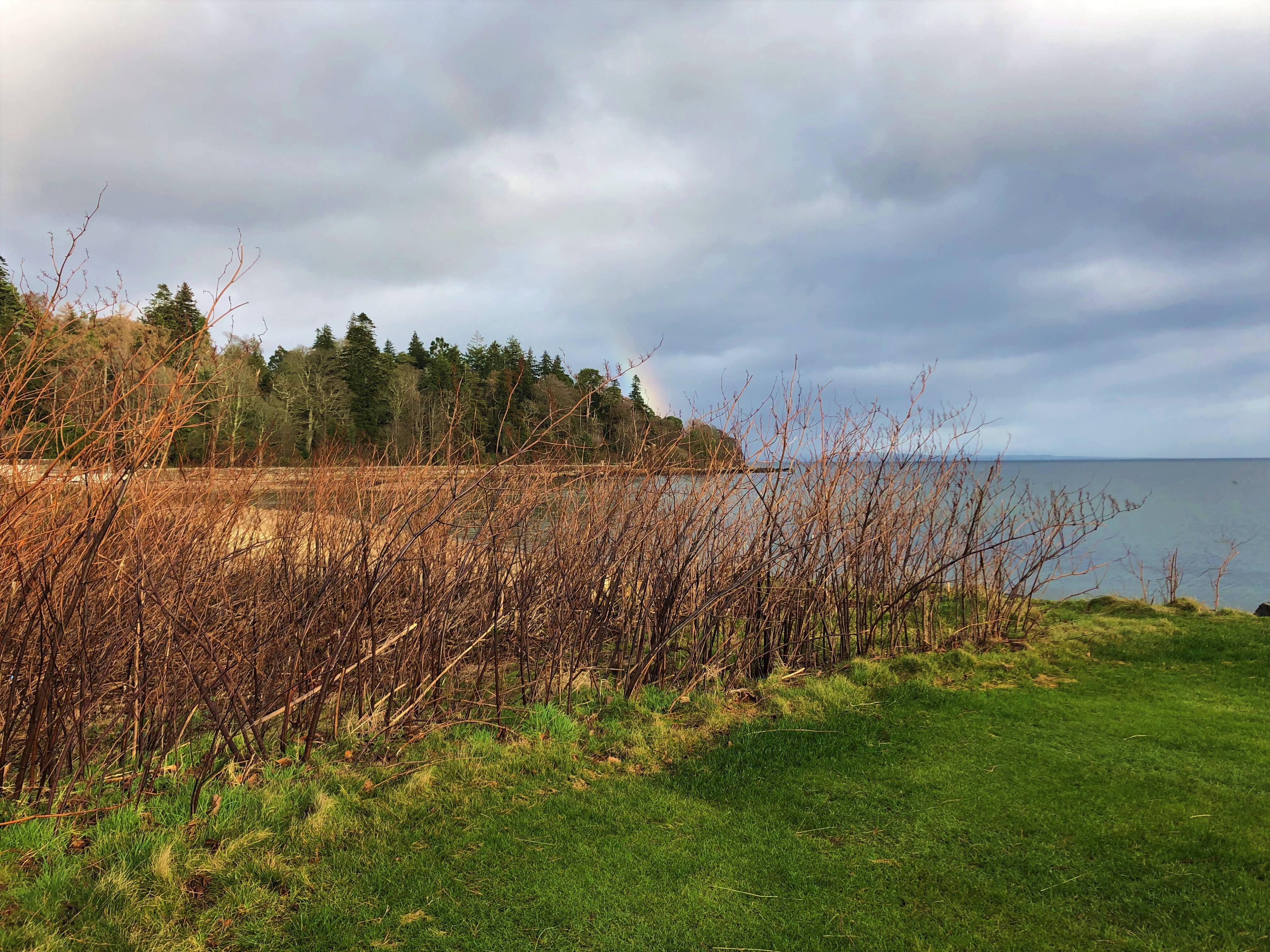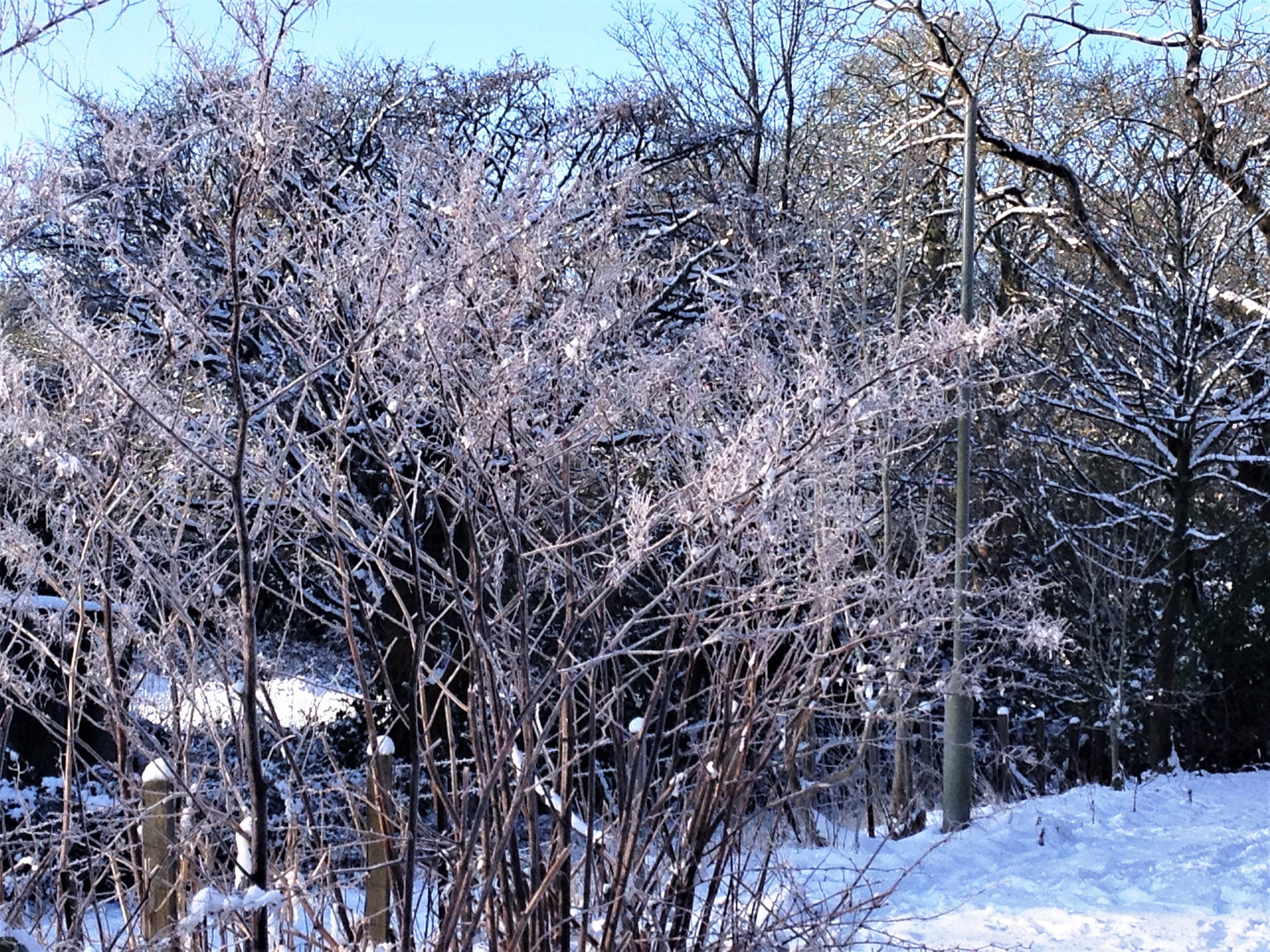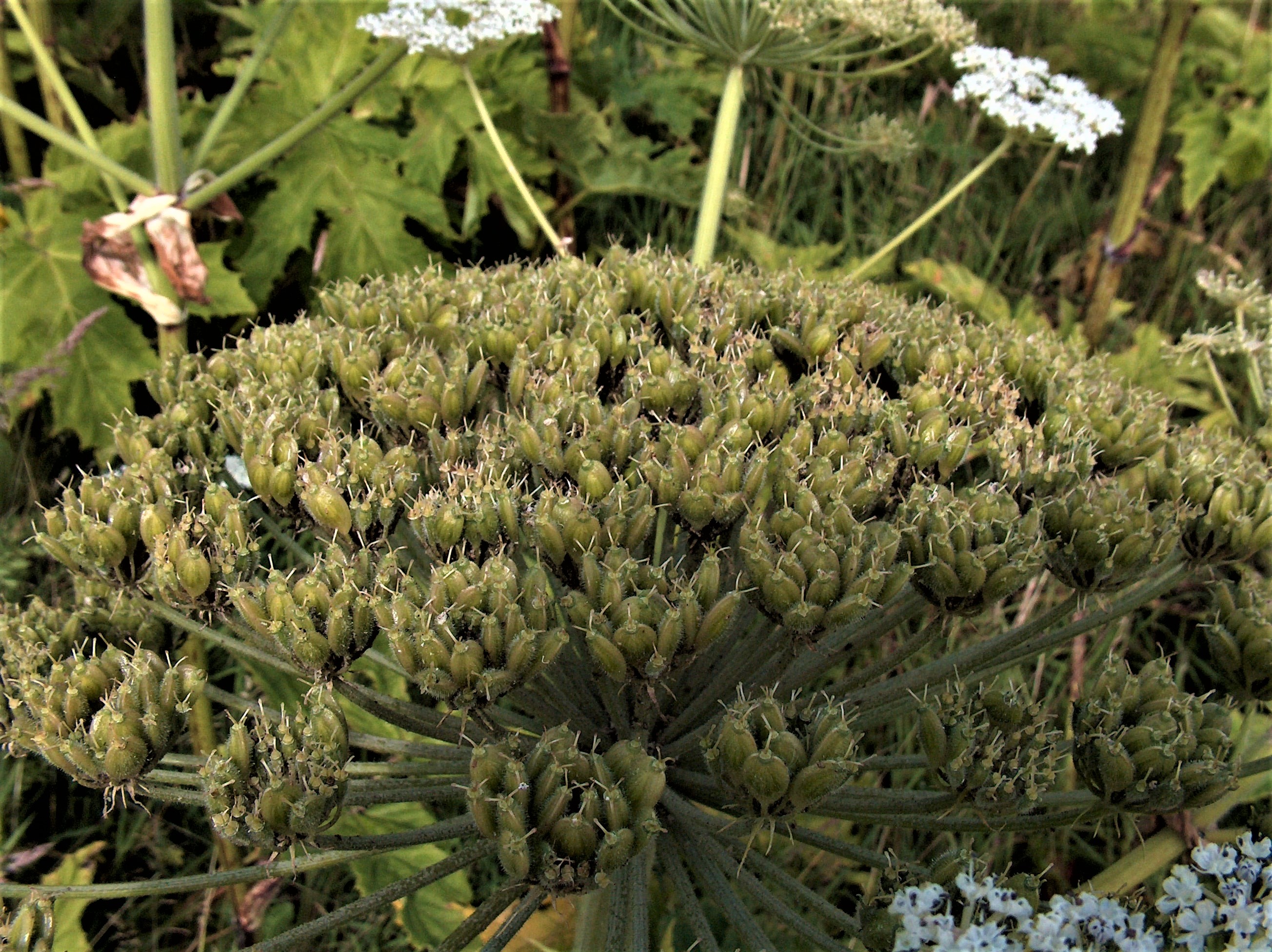The weather has been abnormally warm for this time of year. We have seen new emergent growth of various species. But imagine our surprise when encountering this roadside specimen in October!
We have seen late flowering of hogweed on occasions, usually with small mutated specimens which have been partially knocked back with herbicide, however it is not often we see a splendid specimen like this so late in the year and as far north as it was.
Hopefully not a sign of things to come as our wonderful spray technicians were hoping to have a break between the end of the Japanese Knotweed spraying and the start of the Giant Hogweed management.



